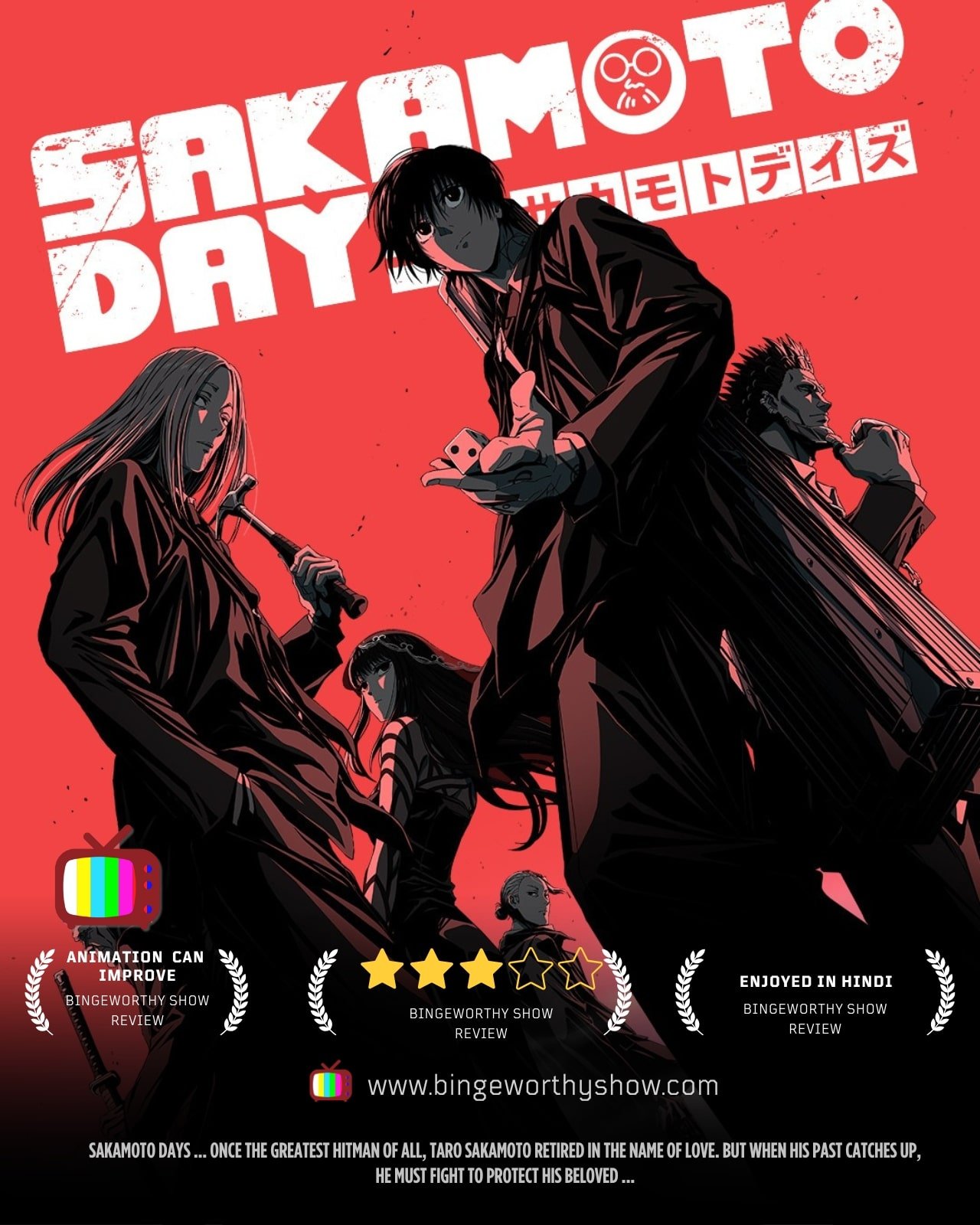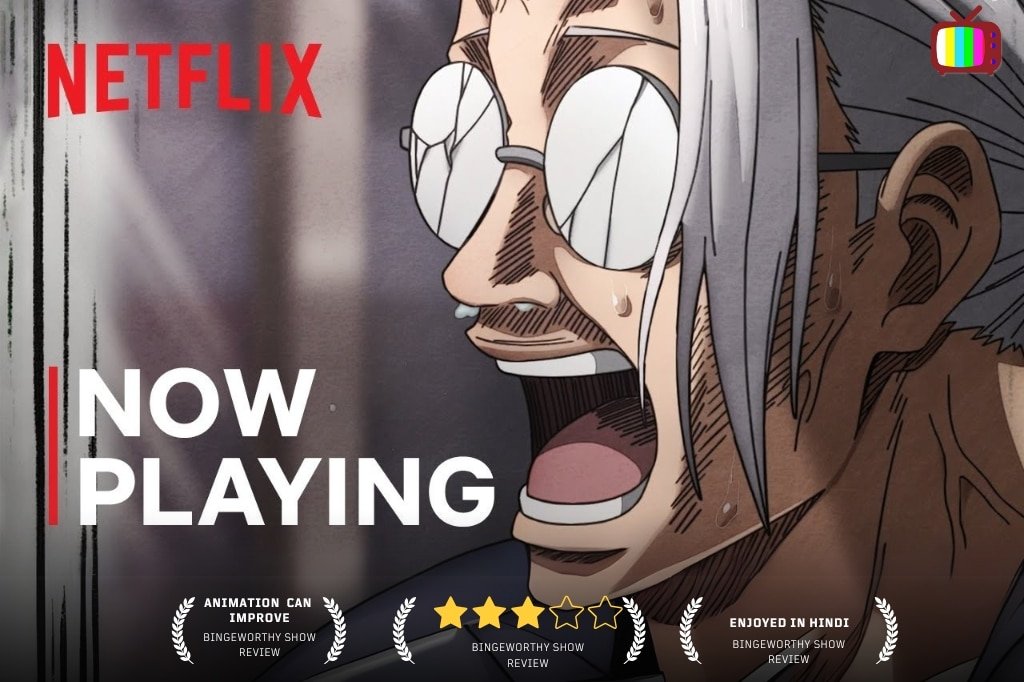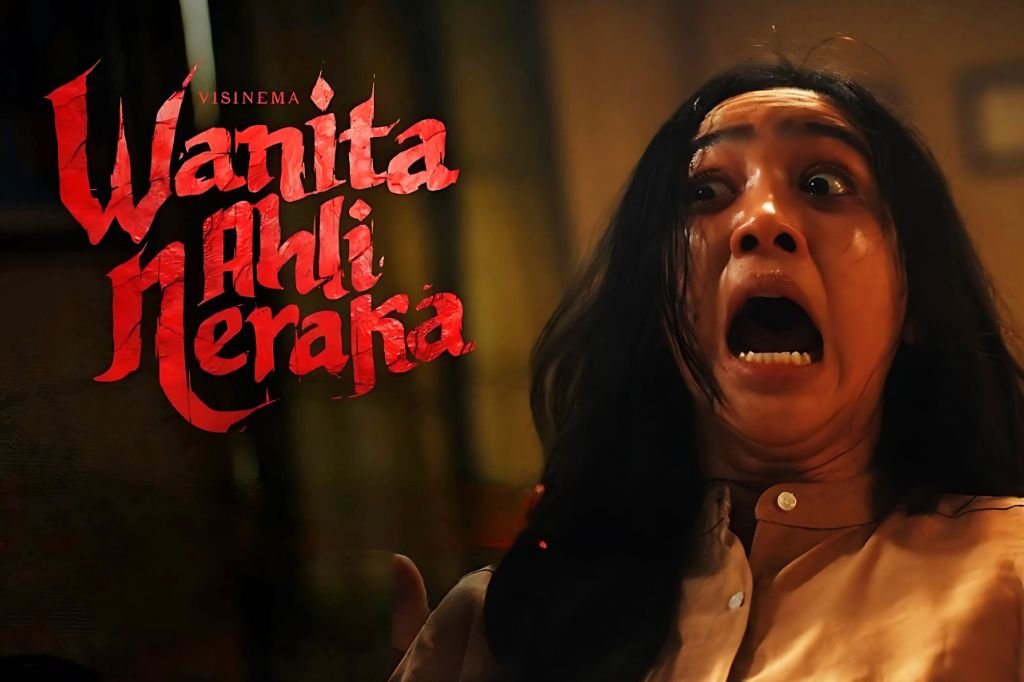Now Reading: Why Is Sakamoto Days So Controversial? A Deep Dive into the Anime Adaptation
-
01
Why Is Sakamoto Days So Controversial? A Deep Dive into the Anime Adaptation
Why Is Sakamoto Days So Controversial? A Deep Dive into the Anime Adaptation

Anime fans are a unique breed—simultaneously the most optimistic and pessimistic people on the planet. The moment we hear that one of our favorite manga is getting an anime adaptation, our minds race with excitement about breathtaking fight sequences and stunning animation. But the second the first trailer drops, the skepticism kicks in. Animation looks “mid,” the studio choice feels off, and we brace ourselves for potential disappointment.
Such was the case with Sakamoto Days, a manga that has built a cult following over the years. When news broke that it was being adapted into an anime, fans had high expectations. However, the response to the anime’s first trailers wasn’t exactly glowing. Let’s explore why Sakamoto Days became a hot topic among anime enthusiasts and whether the concerns are justified.

Table of Contents
The Anime Announcement and Fan Reactions
When Sakamoto Days was announced as an anime, many fans celebrated, but others were quick to express concerns. A major point of contention was the animation studio behind the project: TMS Entertainment.
While TMS Entertainment has a long history dating back to the 1960s, it’s not known for delivering the kind of high-intensity, sakuga-filled fight sequences that fans hoped for. Many fans wanted the series to be handled by powerhouse studios like MAPPA, ufotable, or Bones, known for their stellar animation quality. The disappointment was evident, particularly in online discussions and Reddit threads, where fans dissected every aspect of the announcement with laser focus.
What Makes Sakamoto Days Special?
To understand why fans were so concerned, we need to look at what makes Sakamoto Days unique.
The story follows Taro Sakamoto, once the world’s greatest assassin, who has now retired to run a humble convenience store. However, the underworld refuses to let him go. A massive bounty is placed on his head, and assassins from across the country try to take him down.
The twist? Sakamoto isn’t your typical brooding ex-hitman looking to reclaim past glory. He’s gained weight, fully embraced family life, and is more worried about stocking shelves than proving himself in battle. Yet, when danger comes knocking, his reflexes and skills remain intact, allowing him to take down opponents with an effortless, almost comedic ease.
It’s this balance between slice-of-life humor and high-octane action that makes Sakamoto Days stand out. The manga is visually striking, with artist Yuto Suzuki using exaggerated, cartoony expressions for comedic moments while shifting to detailed, intense fight choreography during action sequences.
Fans feared that the anime would fail to replicate this contrast, resulting in a visually flat adaptation.
Does the Anime Live Up to Expectations?
With six episodes currently out, it’s time to ask: is the criticism warranted?
Animation and Fight Scenes
One of the biggest concerns was whether TMS Entertainment could do justice to the manga’s intricate and dynamic fight sequences. While the action is well-choreographed and clear, it lacks the visual weight and fluidity seen in higher-budget productions.
The manga excels at shifting between humor and intensity, but the anime doesn’t emphasize this contrast as effectively. Instead of transitioning from a lighthearted, goofy art style to a grittier aesthetic for action sequences, the anime maintains a consistent pastel-like color palette, which diminishes the impact of high-stakes moments.
Additionally, while Sakamoto’s movements remain impressive—like knocking a bullet out of the air with a cough drop—his deadly presence isn’t as pronounced in the anime as it is in the manga.
Character Designs and Atmosphere
Another point of contention is the anime’s character designs. While Sakamoto himself is faithfully adapted, secondary characters like Aoi (his wife) and their daughter lack the expressive charm they have in the manga. The omission of certain facial expressions and exaggerated comedic moments removes some of the personality that makes these characters shine.
Additionally, some fans have pointed out pacing issues and omitted scenes, which can make the anime feel a little rushed compared to the manga.
Does It Still Work?
Despite these nitpicks, Sakamoto Days is still a fun watch. The anime captures the essence of the story—a retired assassin just trying to live a peaceful life while fending off relentless hitmen. The humor remains intact, and the action, while not groundbreaking, is entertaining.
If you’re going in expecting a visual spectacle, you might be disappointed. But if you’re here for a story about a dad-bod ex-assassin suplexing enemies while maintaining his grocery store, there’s plenty to enjoy.
The Bigger Picture: Why Sakamoto Days Resonates
At its core, Sakamoto Days isn’t just about action—it’s about choosing happiness over success.
Sakamoto could easily reclaim his position as the world’s deadliest assassin, but he doesn’t want to. Unlike typical action protagonists who yearn for their past glory, Sakamoto embraces his ordinary life. He finds fulfillment in family, community, and running a small business—a rare perspective in a genre often dominated by themes of ambition and power.
In today’s fast-paced, high-pressure world, this message resonates more than ever. Many of us are constantly told to strive for greatness, but Sakamoto Days reminds us that there’s beauty in simplicity.
Final Verdict: Is the Anime Worth Watching?
The Sakamoto Days anime isn’t perfect. It’s not the visual masterpiece some fans dreamed of, and certain elements from the manga don’t translate as well on screen. However, it still captures the heart of the story, delivering enjoyable characters, fun action sequences, and plenty of laughs.
For those who haven’t read the manga, the anime serves as a great introduction to the world of Sakamoto Days. And for those who are already fans, it may not be everything they hoped for, but it’s far from a disaster.
After all, not every anime needs to be a high-budget spectacle to be enjoyable. Sometimes, all you need is a dad-bod ex-assassin, a mind-reading part-timer, and a convenience store full of potential weapons to make an anime worth watching.



























